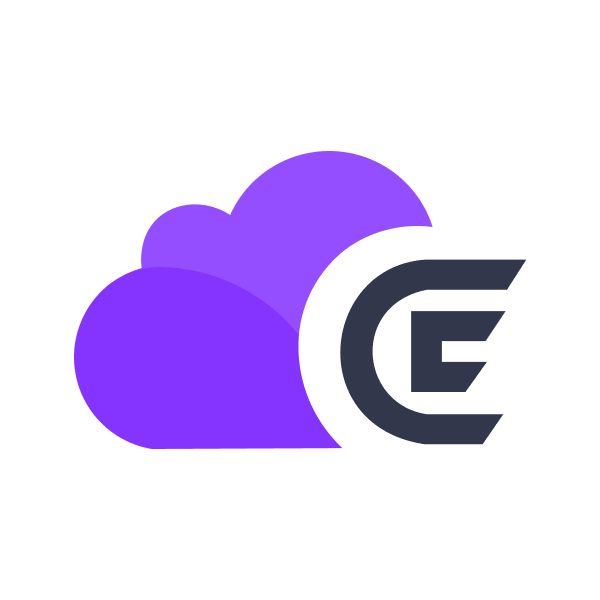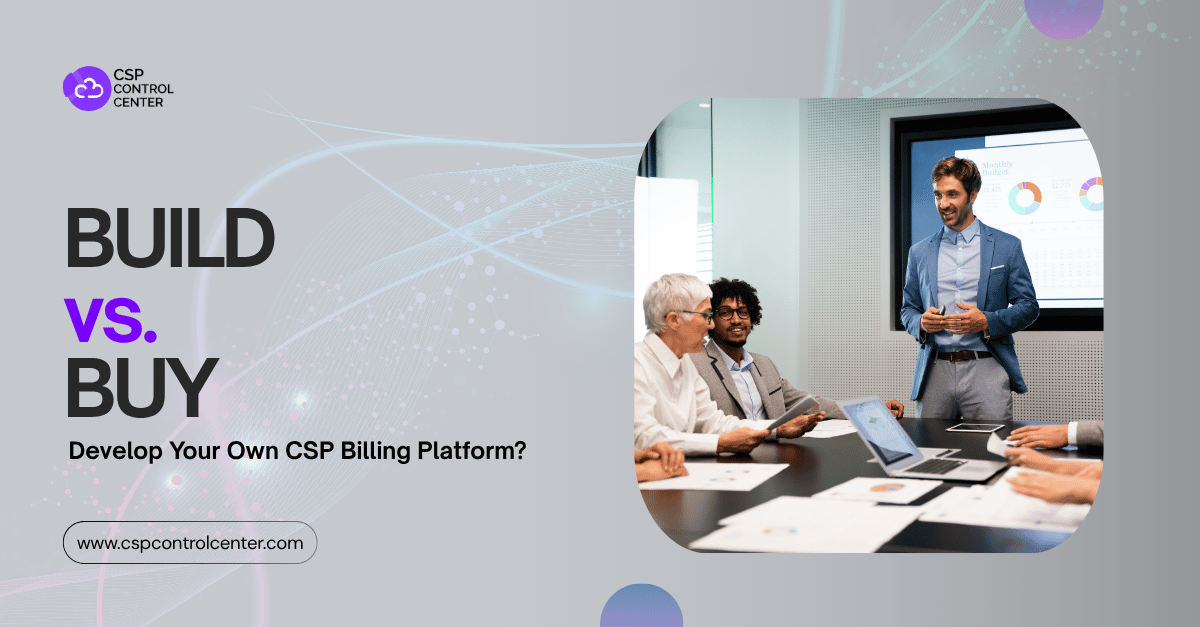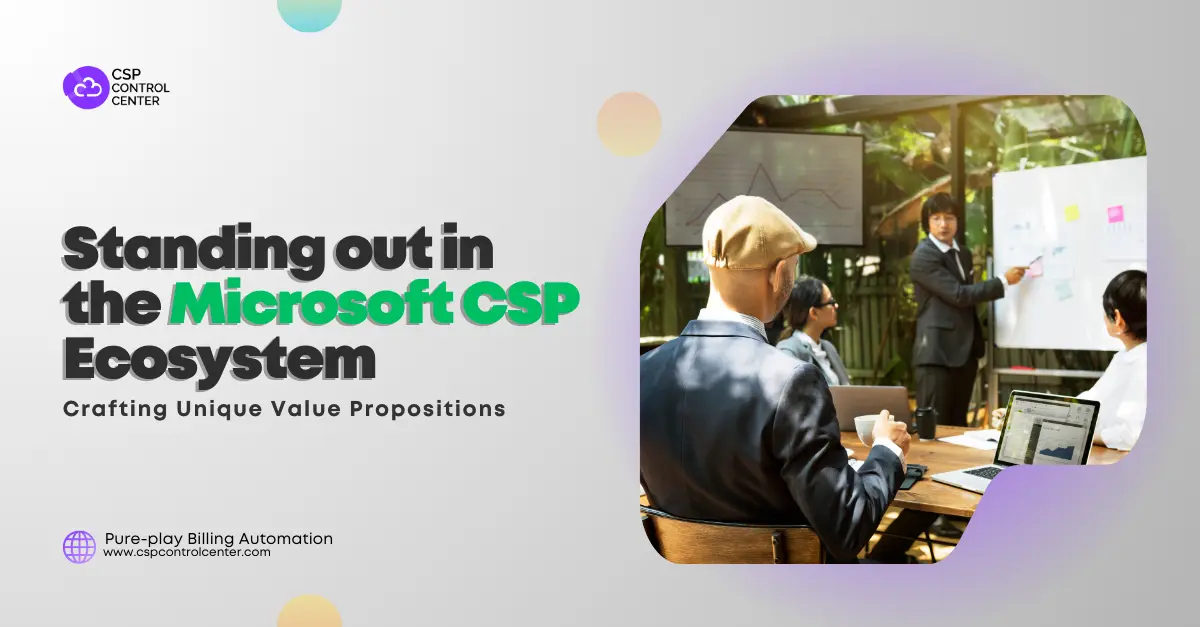A CSP business, like any other business, faces numerous challenges that affect the organization’s growth and profitability. Managing these challenges can be quite overwhelming but the right tools and resources like having a CSP billing automation solution in place can help overcome these hurdles. The cloud computing market is rapidly expanding and is expected to reach USD 1,554.94 billion by 2030 as per Grandview Research. This rapid pace of cloud adoption makes the CSP business quite lucrative resulting in increased competition in the CSP partner program. Though CSPs have a lot of opportunities to grow and expand their business, there are various challenges they must deal with.
The challenges include subscription and license management for a large customer base, keeping up with frequent changes in Microsoft pricing and policies, meeting the rising customer expectations, inaccuracies in billing and invoicing, attracting, and retaining customers, shrinking profits, increasing expenses, etc. Out of all these multiple challenges that CSPs face, this paper will focus on three seldom talked about challenges, their business impact and how CSP billing automation helps to overcome these barriers to growth.
Three unique challenges that impede CSP business growth
Undoubtedly, there are several challenges that prevent CSP growth, most of which are talked about often. However, here we have captured 3 major challenges which are very common, but not talked about as much as they should be.
Challenge 1: CSP bill reconciliation
Microsoft provides mammoth monthly reconciliation files showing the usage of each product that the customers use. With the increase in demand for the cloud, the size of these files keeps on increasing. These files are not compatible with the ERP systems and as a result, CSPs must go over all the data in these files manually. A CSP will not only be receiving bills from Microsoft but can also receive bills from distributors, third-party products that they resell, etc. While the partner center does provide reconciled bills, it may take longer than the invoicing period at times and leads to external reliance. Here is why bill reconciliation becomes such an arduous task for CSPs.
Multiple billing options
Customers can have a combination of multiple subscriptions and one-time purchases. These can be a mix of monthly, annual, or tri-annual subscriptions. Added to this are the different billing dates and custom pricing and discounts offered to different customers. Customers also have the flexibility of adding licenses in between their subscription periods. This leads to a large amount of data that must be reconciled with the usage data shared by Microsoft. With the increase in the number of customers managing this vast amount of data accurately becomes quite difficult.
Manual billing system
In the absence of a CSP billing automation system, the finance and accounts team must carry out the arduous task of checking each line of the reconciliation files shared by Microsoft to prepare invoices for its end customers. This requires a large amount of manual labor and consumes a lot of time. Reconciling these bills manually can take days or even weeks leading to delays in invoice generation. Even after spending considerable time in billing reconciliation, the chances of billing discrepancies are high.
Price changes
Microsoft periodically updates its product prices and runs time-bound promotions and special pricing. Keeping track of these frequent changes in prices and discounts manually is not an easy task. If no CSP billing automation tool is used, then the real-time price changes will not be updated in the billing systems. Any price change will have to be entered manually and will be prone to human error.
Invariably, challenges of reconciliation can lead to poor customer experience, lack to trust, unnecessary pressure, etc., impeding business growth.
Challenge 2: Subscription fatigue in license subscription
A subscription-based business has the added benefit of recurring and predictable revenue. It allows companies to cross-sell and upsell products and increase the customer’s lifetime value. It is beneficial for the customers as well as they do not have to worry about ownership and can simply pay as they use the services. Though subscriptions have their benefits there are some challenges for both CSPs as well as their customers to overcome.
Managing a large number of subscriptions simultaneously can get quite exhausting for customers. This is referred to as subscription fatigue or subscription exhaustion and can be detrimental to the growth of any business. The sheer number of subscriptions can irritate the customers leading to a decline in their interest in the subscription-based services and products.
The customer complaints have started increasing and so has the rate of customer churn. There are several reasons why customers face subscription fatigue. Some of them are as follows.
Tracking multiple subscriptions
Customers who have multiple subscriptions find it difficult to manage and track them. Tracking the subscription inclusions, renewal dates, etc. becomes frustrating for the customers. Customers must constantly keep themselves updated so that they do not miss renewals which adds to their administrative load. The absence of customer self-service portals makes tracking multiple subscriptions exceedingly difficult.
Managing payments
With a large number of subscriptions, customers are often inundated with multiple invoices. They must check each invoice for any errors, process each invoice individually, and make separate payments. This added to instances of failed payments makes it a time-consuming task that leads to exhaustion. Using manual billing systems makes billing management difficult for customers, making them more vulnerable to subscription fatigue.
Poor customer service
Slow customer response times create a negative experience for the customers. When managing multiple subscriptions, customers will need support at various points in the subscription life cycle. And any delays in resolving their problems lead to subscription fatigue. Poor user experience combined with low customer satisfaction contributes to subscription fatigue.
Invariably, subscription fatigue can lead to prominent levels of customer churn, especially, when it is addressed manually by CSPs.
Challenge 3: Maximizing profits
The next business growth challenge that CSPs face is the inability to maximize profits. To survive and grow a business needs to be profitable. Profit maximization should be one of the top goals of fiscal management of any business. CSPs can explore different revenue generation streams but lack the skills needed to maximize profits. A few reasons why CSPs fail to maximize profits are:
Thin margin due to competition
Increased competition in the CSP business deprives CSPs of closing high-margin deals. To get business, CSPs need to offer competitive pricing, discounts, promotions, etc. This low pricing model leads to a reduction in the profit margin for the CSPs. To get higher margins, CSPs need to stand out from their competitors. When customers see the added value a CSP can provide them in comparison to others they would be open to paying more for the services. Another way to increase profit is to cross-sell value add-ons that have higher margins and complement the Microsoft services that the customer is using.
Administrative costs
As the CSP business grows so does the administrative workload. The administrative costs keep climbing as the customer base grows. Without the help of a CSP billing automation system, CSPs have to keep increasing the manpower needed to handle the billing of their customers. This leads to resources being wasted on repetitive and unproductive tasks which could have been used for revenue generation instead.
Customer acquisition costs
Attracting new customers is the key to business growth. But customer acquisition requires CSPs to invest in marketing campaigns, advertising, building the right sales and marketing teams, running special time-bound offers, etc. All these put together give an idea of the approximate Customer Acquisition Cost (CAC) that the business has to bear. The higher the CAC, the more difficult it is to maintain profit. Customer Lifetime Value (CLV) is the expected/actual revenue that is generated by each customer. In the race to get ahead and acquire more customers, CSPs often forget to calculate how beneficial the customer acquisition strategy is for the business. The CLV: CAC ratio helps determine the ROI of the customer acquisition strategy. The lower this ratio, the lesser the chances of profit maximization.
Customer churn
There can be multiple reasons customers might decide to stop using the services of a CSP. These could range from poor customer experience, lower prices being offered by the competition, or better value-addons available with other CSPs. Along with these, another reason is that the CSPs often fail to recognize and act upon the early signs of customer churn. When there is no CSP billing automation tool used there is a lack of actionable data that makes it difficult to analyze the reasons for customer churn. When a CSP has a high customer churn rate, they have to spend repeatedly on customer acquisition as well as offer rewards and incentives to retain the existing ones. Both eat into the profit margins of the CSP business.
Revenue leakages
Unintentional losses in revenue are termed revenue leakages and can be a big problem for a business, the most common cause of revenue leakage in CSP business is due to not billing or under-billing the customers. Reliance on manual bill processing contributes to revenue leakage and hurts the profitability of a CSP business. Manual bill processing is time-consuming and prone to human errors. And managing the billing of a subscription-based business model like Microsoft CSP without a CSP billing automation system further increases the chances of revenue leakages.
7 ways CSP billing automation can help overcome the challenges
The three challenges mentioned above are commonly faced by many CSPs, however, are seldom talked about. Fortunately, CSP billing automation can help address them seamlessly and boost CSP business growth. There are 7 ways in which CSP billing automation can help CSPs:
Control revenue leakages
First, CSP billing automation ensures that CSPs are able to send accurate and error free invoices every month at the right time. This involves automatic reconciliation and license counting. Furthermore, it can adapt to different billing cycles for each customer, ensuring that no invoice is missed or delayed by automating each step from reconciliation to payment collection. Invariably, it results in significant reduction of revenue leakages that may come from manual billing, error prone reconciliation, etc. The reduction in leakages invariably translates to higher revenue realization, business growth and maximization of profits.
Invoice consolidation
CSP billing automation facilitates invoice consolidation to ensure that customers receive only one comprehensive invoice that they must clear. Be it for multiple products or for pro rata increase in specific licenses, CSP billing automation enables CSP to send one invoice with accurate reconciliation. Invariably, this will remove the frustration from subscription fatigue for customers where they feel flooded with multiple invoices from the same vendor. This leads to better customer experience as well as preventing loss of revenue due to missed invoicing. Thus, resulting in higher profits and customer loyalty.
Optimize pricing
CSP billing automation enables CSPs to optimize their pricing on the go by providing key insights and analytics, especially on third party and value add products. Based on key data points, CSPs can create an optimized pricing strategy for each customer which can ensure maximum revenue on minimum investment. Furthermore, it can automatically account for pricing changes from Microsoft, and optimize pricing for customers accordingly.
Improve customer relationships
When a customer receives error free and accurate invoicing every month during his/her payment cycle, there is bound to be a ripple effect of positive experience. This often improves customer relationships, increases stickiness, and significantly reduces the chances of customer churn. Furthermore, CSP billing automation also helps reduce subscription fatigue for customers. It can also be an attractive selling point to onboard new customers as being a customer delight and taking the friction out of any billing and invoicing process for new and existing customers alike.
Reduce administrative load
In the absence of CSP billing automation, all invoicing, reconciling, and payment collection becomes the responsibility of your team members, relying on manual work. CSP billing automation can take away such an unnecessary load from team members and ensure that they are able to allocate their time and efforts towards generating new value. Furthermore, it allows CSPs to redistribute their hiring budgets to recruit more sales and marketing professionals who can contribute to business growth.
Widen the portfolio
As CSP billing automation significantly reduces administrative load, it also gives CSPs the opportunity to widen their portfolio and sell more Microsoft offerings. Since the burden of invoicing and reconciliation is lifted off team members, and automated billing can easily manage elevated levels of volume and scale, CSPs no longer must think twice before adding more products to their portfolio, which can lead to more business opportunities.
Sell more value add-ons
Taking cue from the first point, CSP billing automation also gives CSPs a chance to sell value add-ons, which can be a nightmare to bill manually. There can be numerous combinations and bundled offers that CSPs can offer to their customers as a composite whole, for different pricing and discounts. While this requires a lot of calculation and record keeping, CSP billing automation can easily take care of it.
Overall, there are high levels of cost optimization with CSP billing automation and most CSP businesses across the globe contend that adoption of the same has a high return on investment. CSP billing automation can seamlessly help CSPs address the challenges of usage reconciliation, subscription fatigue for customers and inability to maximize profits.
CSP billing automation by C3
As a leading CSP billing automation platform, C3 can significantly enable CSPs to revolutionize the way their business is managed. Powered by pureplay automation, it enables the streamlining of CSP businesses, with its ultimate billing solution. CSP can leverage its CSP billing automation capabilities to:
- Empower customers with fully self-service portal to manage their entire purchase lifecycle, saving hundreds of business hours for your team and enhancing customer experience
- Receive automated itemized invoicing for license and usage-based services along with custom offers
- Define margins and analyze profits
- Offer special discounts and promotional coupons
- Collect advance payments and make credit adjustments
- Integrate with accounting software including Quickbooks, Xero etc.
- Leverage integration with ConnectWise Manage, Datto Autotask account to reform how subscriptions and customer contracts are managed
- Receive extensive reporting for both Azure Usage and licenses purchase across various dimensions
- Filter revenue by customer usage and product type and use customer analytics
Check out our detailed offerings and benefits with a multi-model platform for indirect providers, direct CSPs and indirect resellers. Explore what our customers have to say about their experience with CSP billing automation and with C3 in particular. Don’t forget to book a demo to get a first-hand experience product experience!

 CSP Control Center
CSP Control Center
 CloudEvents
CloudEvents


